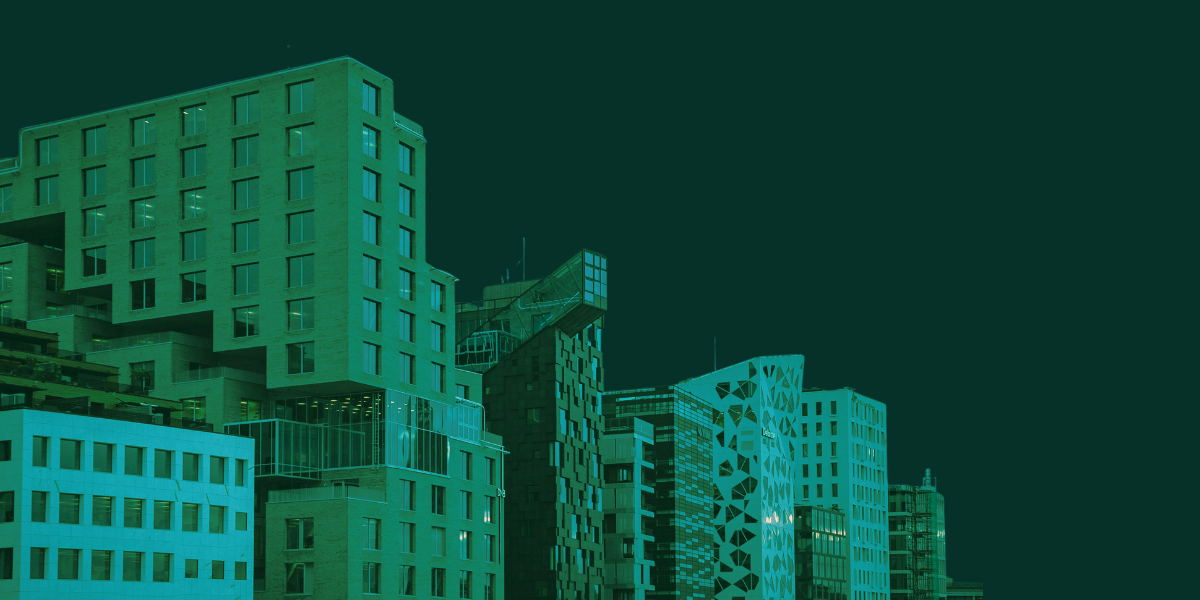Explore the key principles behind green loans and their significance in financing sustainable projects.
What are Green Loan Principles?
Green Loan Principles are a framework developed by the Loan Market Association (LMA) and the Asia Pacific Loan Market Association (APLMA) to promote and support sustainable lending practices.
These principles provide guidelines for lenders and borrowers to ensure that green loans are used for environmentally friendly projects.
Green Loan Principles aim to increase transparency, accountability, and credibility in green financing by setting out the key criteria and standards that a loan must meet to be considered 'green'.
By adhering to these principles, lenders and borrowers can contribute to the transition to a low-carbon and sustainable economy.
Benefits of Green Loans in Commercial Real Estate
Green loans offer several benefits for commercial real estate projects:
- Environmental Impact: Green loans enable developers to fund environmentally friendly initiatives, such as energy-efficient building upgrades, renewable energy installations, and sustainable construction practices. This helps reduce the carbon footprint of commercial buildings and contributes to a greener and more sustainable real estate sector.
- Cost Savings: Implementing energy-efficient measures and sustainable practices can lead to significant cost savings in terms of reduced energy consumption and lower maintenance costs. Green loans provide the necessary funding to undertake these initiatives, allowing commercial real estate owners to achieve long-term financial benefits.
- Enhanced Market Value: Green buildings are highly sought after in today's market, as they align with the increasing demand for sustainable and socially responsible investments. By obtaining a green loan and implementing sustainable features, commercial real estate owners can enhance the market value and attractiveness of their properties.
- Regulatory Compliance: Many jurisdictions are introducing regulations and incentives to promote sustainable building practices. Green loans help commercial real estate projects meet these regulatory requirements and access incentives, ensuring compliance with environmental standards and regulations.
- Positive Reputation: Embracing sustainability and obtaining green financing can enhance the reputation of commercial real estate developers and owners. It demonstrates a commitment to environmental responsibility and positions them as leaders in the industry.
Criteria for Green Loan Eligibility
To be eligible for a green loan, commercial real estate projects must meet certain criteria, including:
- Use of Proceeds: The loan must be used for green initiatives, such as energy-efficient upgrades, renewable energy installations, sustainable construction practices, or obtaining green building certifications.
- Performance Metrics: Projects should establish clear metrics to measure and monitor their environmental impact, such as energy savings, carbon emissions reduction, or water conservation targets.
- Certification: Obtaining relevant green building certifications, such as LEED (Leadership in Energy and Environmental Design) or BREEAM (Building Research Establishment Environmental Assessment Method), can demonstrate the project's commitment to sustainability and increase its eligibility for green financing.
- Reporting and Transparency: Borrowers are required to disclose information on the environmental benefits and outcomes of the project, providing transparency and accountability to lenders and other stakeholders.
- Independent Review: Some green loans may require an independent review or verification of the project's eligibility and compliance with green financing principles.
By meeting these criteria, commercial real estate projects can access green loans and contribute to sustainable development.
Case Studies of Successful Green Loan Projects
Several commercial real estate projects have successfully utilized green loans to finance their sustainable initiatives. Here are a few examples:
- XYZ Tower: XYZ Tower, a commercial office building, obtained a green loan to retrofit its lighting systems with energy-efficient LED lights. This led to a significant reduction in energy consumption and operational costs, while also improving the indoor environment for tenants.
- ABC Mall: ABC Mall, a retail complex, utilized a green loan to install solar panels on its rooftop, generating clean and renewable energy to power the mall's operations. The project resulted in substantial energy savings and a reduced carbon footprint.
- DEF Hotel: DEF Hotel, a hospitality establishment, obtained a green loan to implement water-saving measures, such as low-flow fixtures and water recycling systems. These initiatives not only reduced water consumption but also enhanced the hotel's sustainability credentials.
These case studies demonstrate the successful integration of green financing in commercial real estate projects, highlighting the positive environmental and financial outcomes achieved.
Future Outlook of Green Loans in the Real Estate Industry
The future of green loans in the real estate industry looks promising, driven by various factors:
- Growing Demand for Sustainability: There is an increasing demand for sustainable buildings and investments as society becomes more environmentally conscious. Green loans provide a financing solution that aligns with this demand, allowing commercial real estate projects to meet sustainability goals and attract socially responsible investors.
- Regulatory Support: Governments and regulatory bodies are implementing policies and incentives to encourage green financing and sustainable development. This support enhances the feasibility and attractiveness of green loans for commercial real estate projects.
- Innovation and Technology: Advancements in technology and innovation continue to drive the development of energy-efficient solutions and sustainable building practices. Green loans enable commercial real estate developers to adopt these advancements and stay at the forefront of sustainable development.
- Financial Benefits: The cost savings and enhanced market value associated with green buildings make green loans an attractive option for commercial real estate owners. As more data and evidence of these financial benefits emerge, the adoption of green loans is expected to increase.
In conclusion, green loans play a crucial role in financing sustainable projects in commercial real estate. By adhering to the Green Loan Principles and meeting the eligibility criteria, developers and owners can access funding for environmentally friendly initiatives, achieve cost savings, enhance market value, and contribute to a greener future.
You May Also Like
These Related Stories

Mastering Cash Flow Management for Commercial Real-Estate Investments

PCAF data quality scores and their importance in banking
